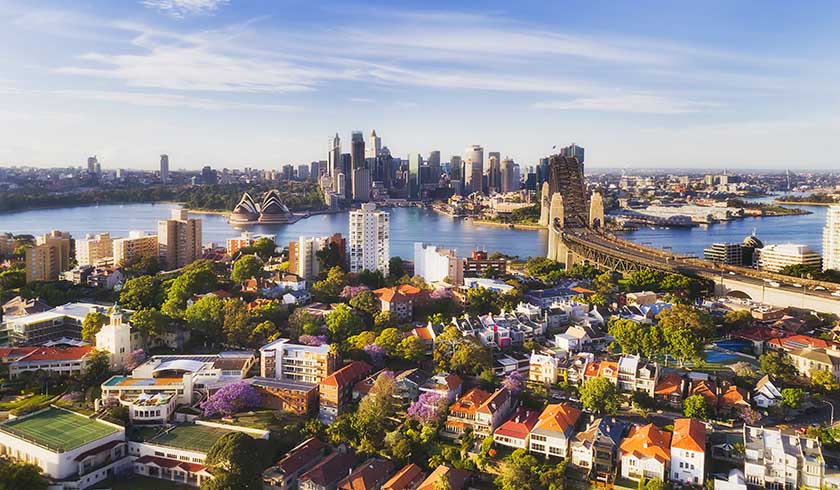City rental markets respond to Australia’s reopening
Rental markets in major cities are set for some of the biggest changes in real estate over the months ahead, according to a new analysis from PropTrack.

A transition away from lockdowns and high vaccination rates across the country have been positive movements in Australia’s COVID-19 response, but as property analyst Cameron Kusher of REA Group’s PropTrack reports, these recent developments are likely to bring more changes to an already volatile property market.
Prime among them is a robust return of rental markets in the inner cities as international migration gets back to full steam.
Apartment rentals saw some of the largest price falls since the onset of the pandemic. Now, they’re set to make some of the greatest gains.
“With Australia’s domestic and international borders now largely reopening, universities returning to in-person lectures and people returning to offices throughout 2022 we expect demand for inner city rentals to continue to lift,” Mr Kusher said.
“CBDs and inner-city areas are expected to spring back to life in 2022 and sports and other forms of entertainment will also return bringing that vibrancy back to the inner-city, which has been missing since the onset of the pandemic,” he added.
With this increase in activity, Mr Kusher expects to see a rebound in the desire to live closer to metropolitan centres, with students and young professionals, in particular, returning to the rental market.
And it’s the returned vibrancy of Australia’s major CBDs that PropTrack analysts expect might spawn another trend: the slowing – or even reversal – of the move to regional areas.
“While living and working in regional Australia has been a sensible lifestyle choice for many while people have been working from home, with restrictions easing and cities returning to life it is feasible that some of those people that moved regionally may return to the cities,” Mr Kusher noted. This is particularly in light of the fact that dramatic price rises have pushed some regional areas in line with major metropolitan hubs.
So too does he see the return of city life benefiting the smaller capitals, as flexible working conditions continue to allow Australians to choose where they’re based, and many decide to return to city living while eschewing the competitive markets of Sydney and Melbourne.
“We tend to think of greater workplace flexibility meaning that people move to regional areas and work from but home we shouldn’t forget that flexibility might also mean that instead of working from a Sydney or Melbourne head office people may be able to do their head office job from Brisbane, Adelaide or Hobart,” Mr Kusher noted.
